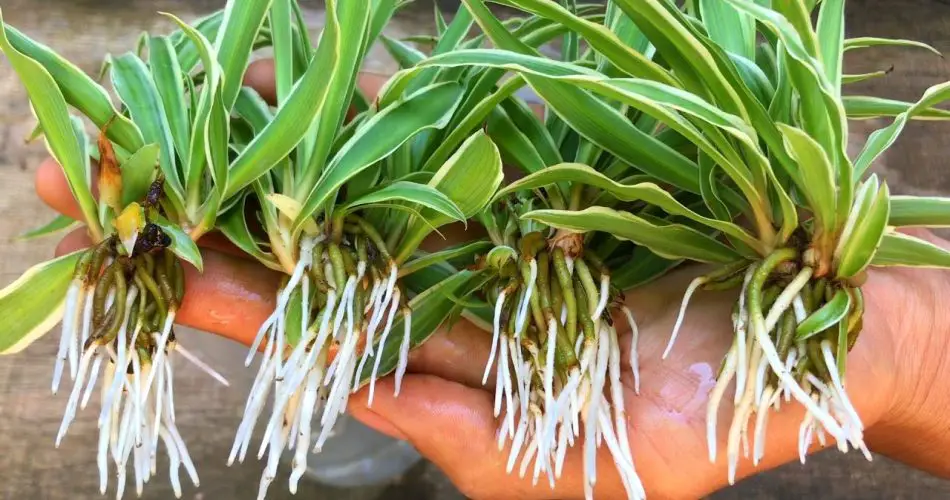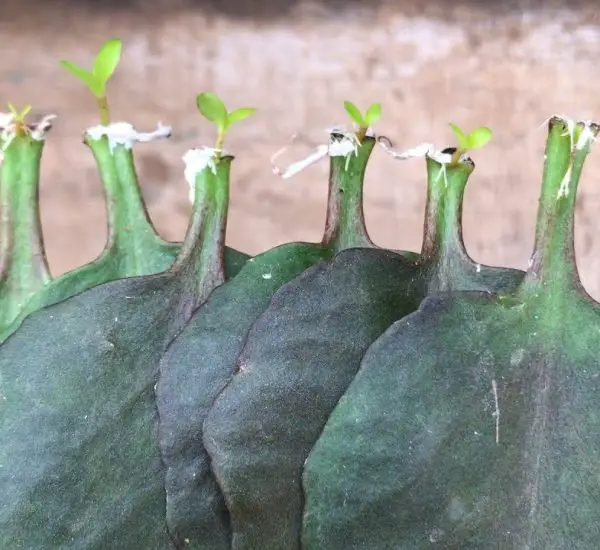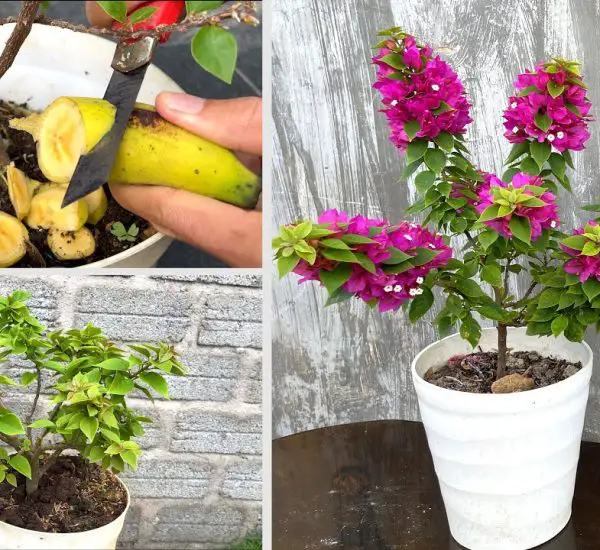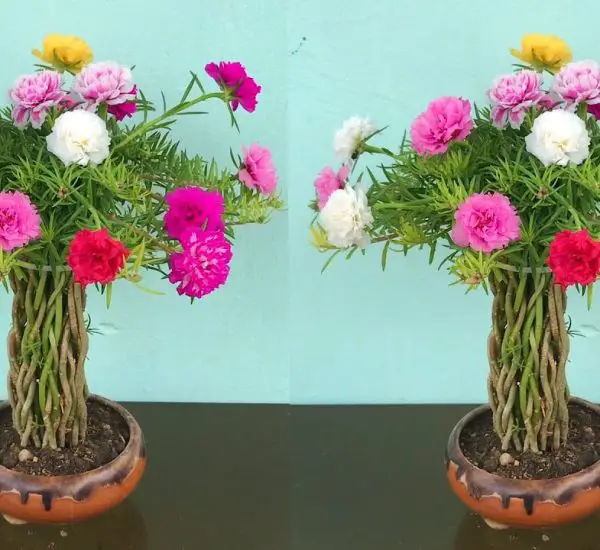If you’re looking for a creative way to bring a bit of nature into your workspace, a mini aquarium on your desktop could be the perfect solution. Combining the beauty of aquatic plants and small fish with the calming effect of a natural environment, a desktop aquarium adds a touch of tranquility and visual interest to your workspace. The best part? With a little creativity, you can create your very own DIY mini aquarium that requires minimal effort and maintenance. Here’s how you can create a small, self-sustaining aquarium garden right on your desk!

Why Plant a Mini Aquarium on Your Desktop?
Having a mini aquarium on your desktop has several benefits, from improving your mood to enhancing your workspace’s aesthetic appeal. Here are a few reasons to consider adding one to your desk:
- Calming Effect: Watching fish swim and plants sway in the water is a soothing experience that can reduce stress and increase focus during your workday.
- Low-Maintenance: With the right setup, a mini aquarium can be surprisingly easy to care for, especially if you use low-maintenance plants and fish.
- Aesthetic Appeal: A mini aquarium acts as a living piece of art, transforming your desktop into a vibrant, natural display.
- Educational: A desktop aquarium can also be an opportunity to learn about aquatic plants, fish care, and ecosystem balance.
Materials Needed for Your DIY Desktop Aquarium
Creating a mini aquarium on your desktop doesn’t require a lot of expensive equipment, but a few key materials will help you build a functional and visually appealing setup. Here’s what you’ll need:
- Aquarium Container:
- You can use a small glass jar, a fish bowl, a terrarium container, or a small tank. Ensure that it’s clear, so you can enjoy the view of the plants and fish.
- Choose a container with enough space for plants and a small fish or two, but not so large that it becomes difficult to maintain.
- Aquatic Plants:
- Low-maintenance plants like Java moss, anubias, water lettuce, or Java fern are perfect for small aquariums. These plants thrive in low light and help improve water quality by absorbing excess nutrients.
- Aquatic Substrate:
- You can use gravel, pebbles, or aquarium sand for the base of your mini aquarium. This helps anchor the plants and provides a healthy environment for their roots.
- Water:
- Use dechlorinated water (or let tap water sit for 24-48 hours to allow chlorine to evaporate). You’ll want to make sure your water is clean to support plant and fish health.
- Small Fish or Aquatic Animals:
- Choose small fish like betta fish, guppies, or neon tetras. If you prefer a no-fish option, you can opt for shrimp like cherry shrimp or snails, which are also excellent additions to a mini aquarium.
- Filtration System (Optional):
- While not always necessary for small aquariums, you can add a small filter to maintain water quality. For very small aquariums, a small sponge filter or air-driven filter can be a good choice.
- Aquarium Decor (Optional):
- Add some decorations like rocks, driftwood, or aquarium-safe decorations to create a natural environment for your plants and fish.
- Lighting:
- For optimal plant growth, especially if your desk doesn’t receive much natural light, you’ll need a LED aquarium light or low-wattage desk lamp. Ensure that the lighting is not too harsh for your plants and fish.
Step-by-Step Guide to Planting a Mini Aquarium on Your Desktop
Step 1: Choose the Right Location
Pick a location on your desk that is away from direct sunlight, as too much sun can cause algae growth or overheat the aquarium. Indirect light from a nearby window or desk lamp works best for most aquatic plants.
Step 2: Prepare the Container
Clean your aquarium container thoroughly before setting it up. If you’re using a glass jar or bowl, ensure it’s free from dust, oils, or chemicals that could harm the plants or fish.
- Optional: You can decorate the base of the container with aquarium-safe pebbles or gravel. Use about 1-2 inches of substrate for the plants to root in.
Step 3: Add Water
Carefully fill your container with dechlorinated water until it’s about 2/3 full. Let the water settle for a few minutes before proceeding.
Step 4: Plant the Aquatic Plants
Start by planting the low-maintenance aquatic plants into the substrate. For example, you can place Java moss on rocks or driftwood, while plants like anubias and Java fern can be attached to the decor or substrate with fishing line or small plant anchors.
- Tip: Be sure to leave enough space for the plants to grow, and avoid overcrowding the aquarium to prevent poor water circulation.
Step 5: Introduce the Fish or Shrimp
After planting your aquatic plants, you can add your small fish or aquatic animals. Introduce one or two fish depending on the size of your aquarium, as overstocking can lead to poor water quality. Cherry shrimp or snails are a great option for a low-maintenance setup.
- Tip: Make sure to acclimate your fish slowly to the aquarium’s water temperature and pH level to avoid shock.
Step 6: Add Optional Filtration
If your aquarium is large enough, consider adding a small filtration system. For mini aquariums, a sponge filter can be a good option, as it provides filtration without creating too much water current, which could stress delicate fish.
Step 7: Set Up Lighting
Install an LED light or a small desk lamp with a daylight bulb above your aquarium. Most aquatic plants need around 8-12 hours of light per day. Be sure not to leave the light on for too long, as this can encourage algae growth.
Step 8: Monitor and Maintain the Aquarium
- Regular water changes: Change 25-30% of the water every 1-2 weeks to keep the water clean and clear. Always use dechlorinated water for changes.
- Check plant health: Trim any dead or overgrown leaves from your plants, and replace them if necessary.
- Feed your fish: Feed small amounts of food to your fish daily, and be careful not to overfeed as this can lead to water quality problems.
Tips for Maintaining a Healthy Mini Aquarium on Your Desktop
- Light Control: Ensure the aquarium is not exposed to too much direct sunlight, as it can lead to algae blooms. If the aquarium gets too much light, you may need to adjust the light source or use a cover to limit exposure.
- Water Quality: Keep an eye on the pH level and temperature of the water. Most aquatic plants and fish prefer a neutral to slightly acidic pH (6.5-7.5) and a temperature of 72°F-78°F (22°C-26°C).
- Overstocking: Avoid overcrowding your mini aquarium. Too many fish can result in excess waste, which will make it harder to maintain clean water and healthy plants.
- Regular Cleaning: Clean the glass periodically to prevent algae build-up and wipe down any equipment like the filter or light. Always clean with aquarium-safe cleaning tools to avoid introducing harmful chemicals.
- Aquatic Ecosystem: If you’re using shrimp or snails, they can help keep the aquarium clean by eating algae and leftover food, reducing your need to manually clean the tank.
Conclusion
Planting a mini aquarium on your desktop is a rewarding and creative DIY project that can bring a slice of nature to your workspace. With the right setup, it’s easy to create a low-maintenance aquatic garden that not only enhances the aesthetic appeal of your desk but also provides a calming, stress-relieving atmosphere. Whether you choose to focus on plants, fish, or a combination of both, a DIY mini aquarium is a fun and beautiful addition to any workspace.



